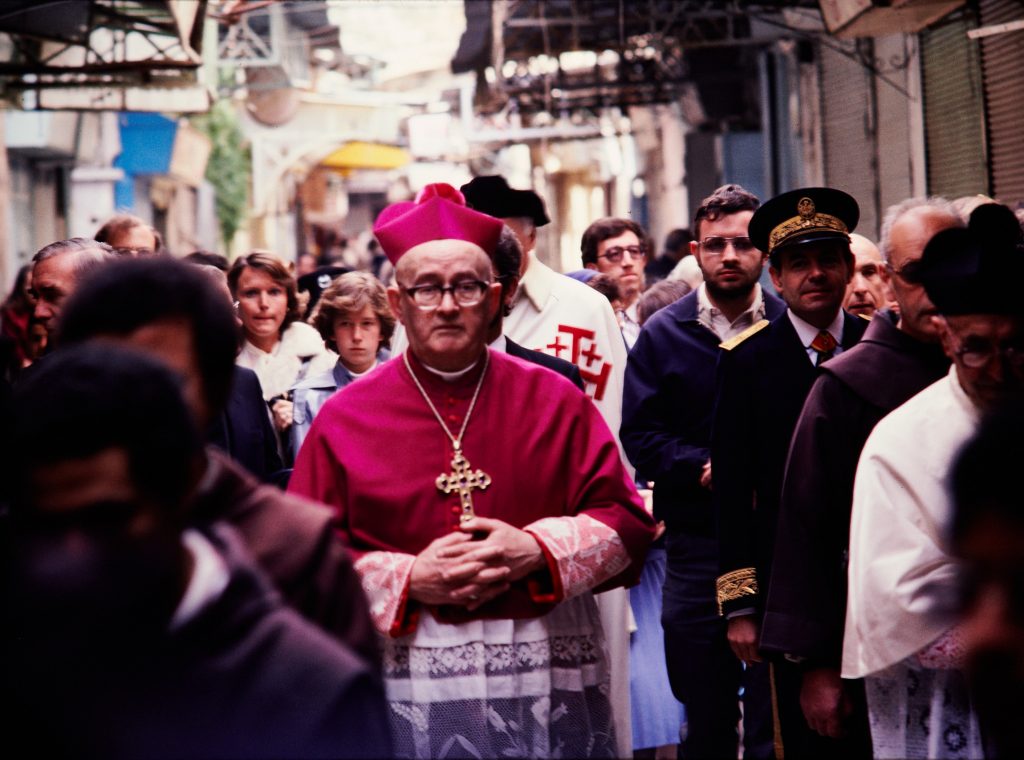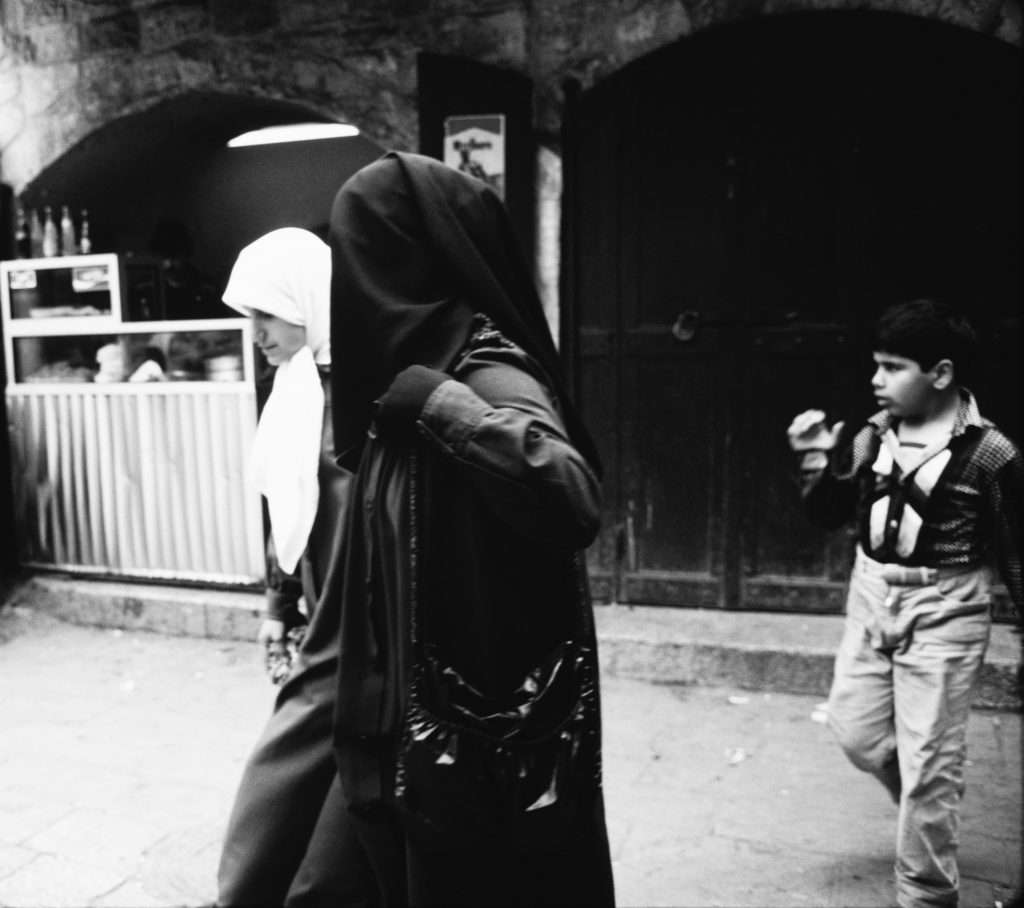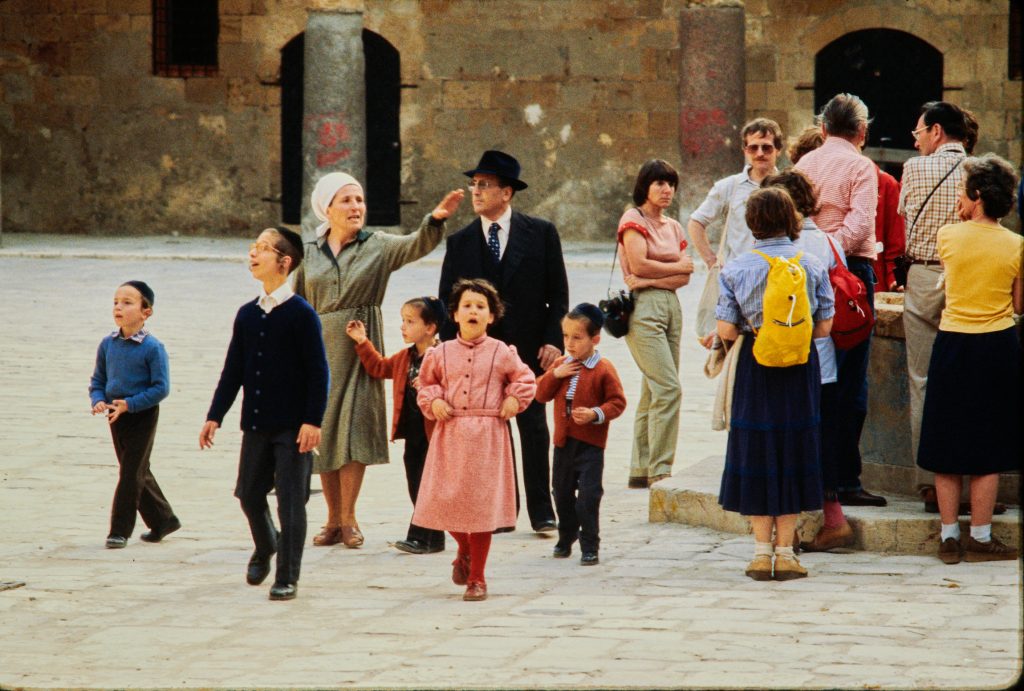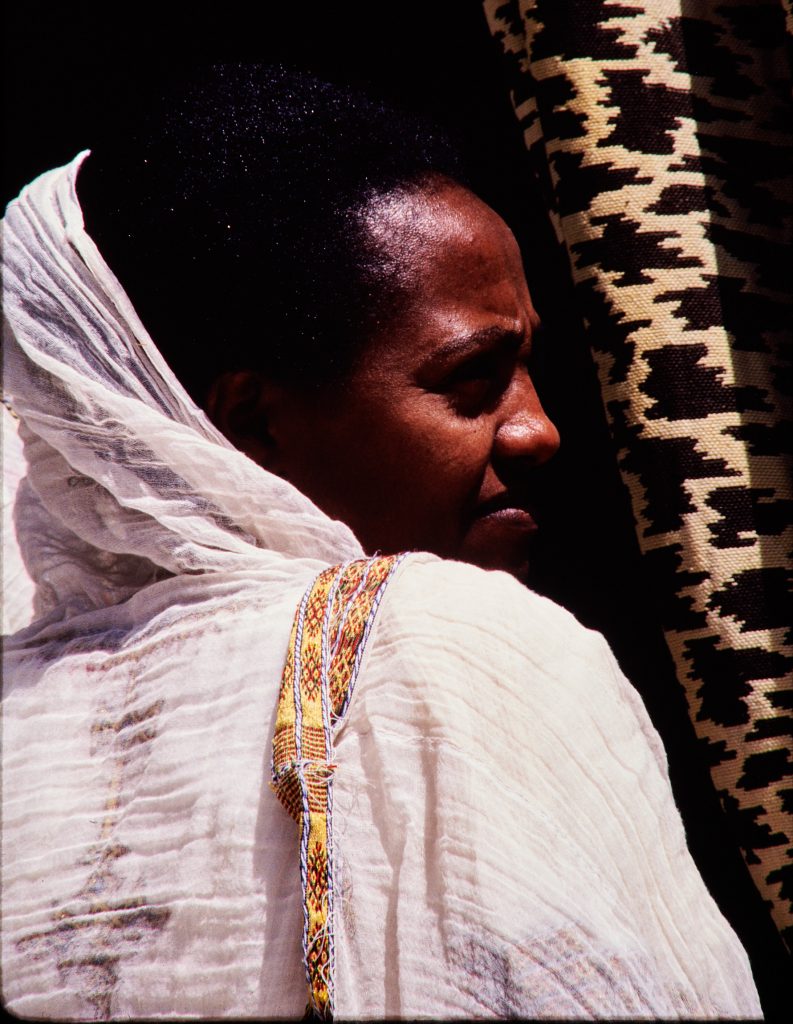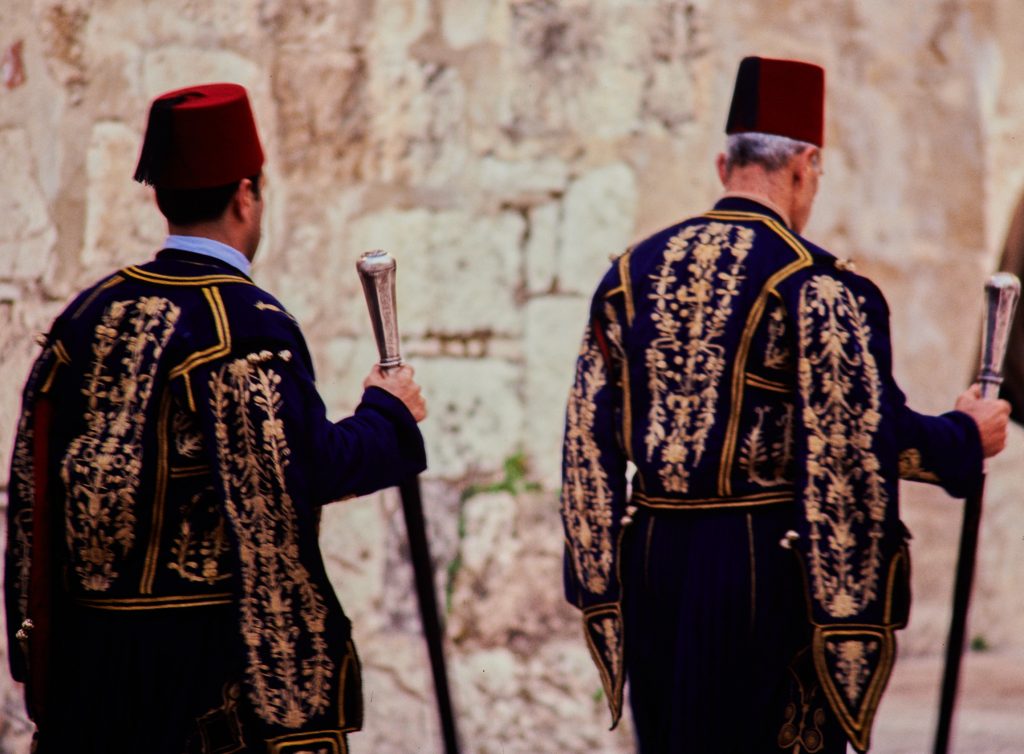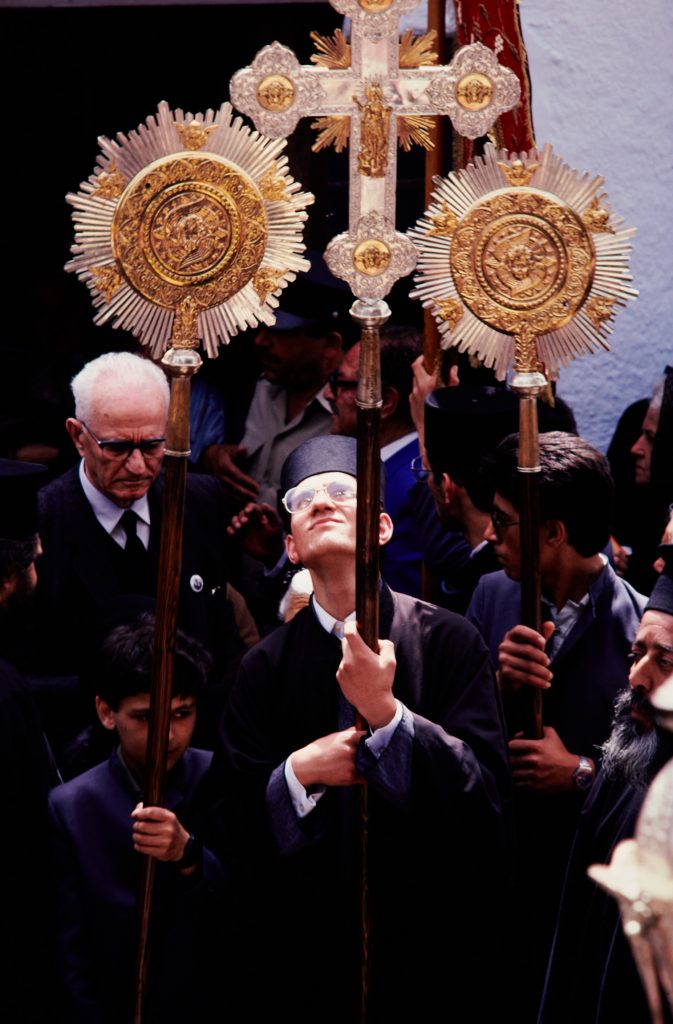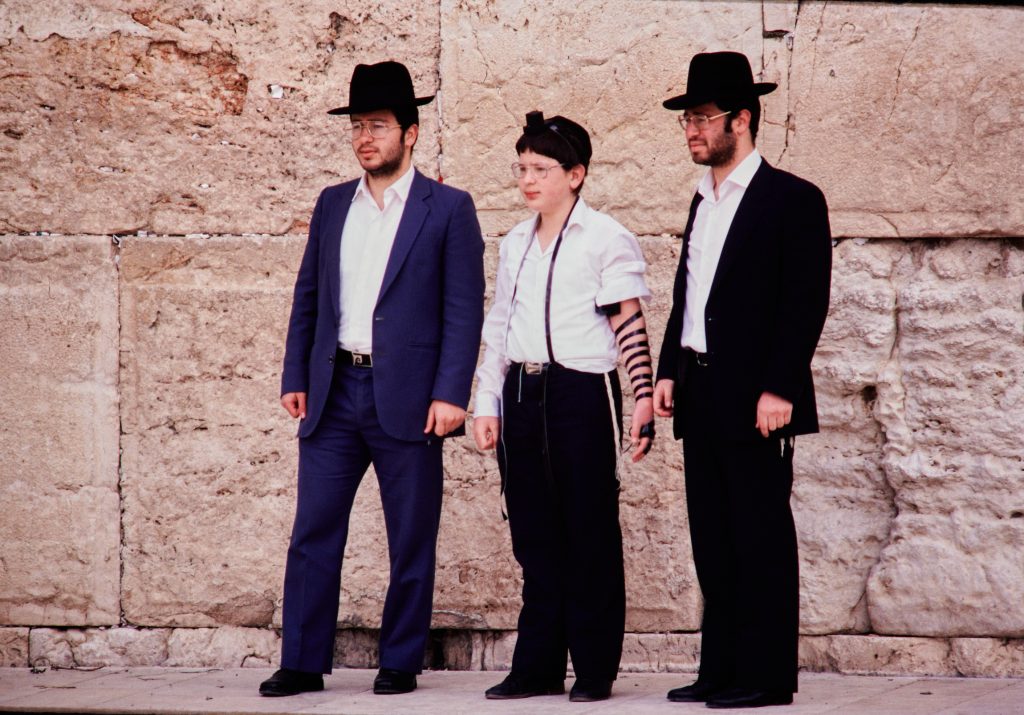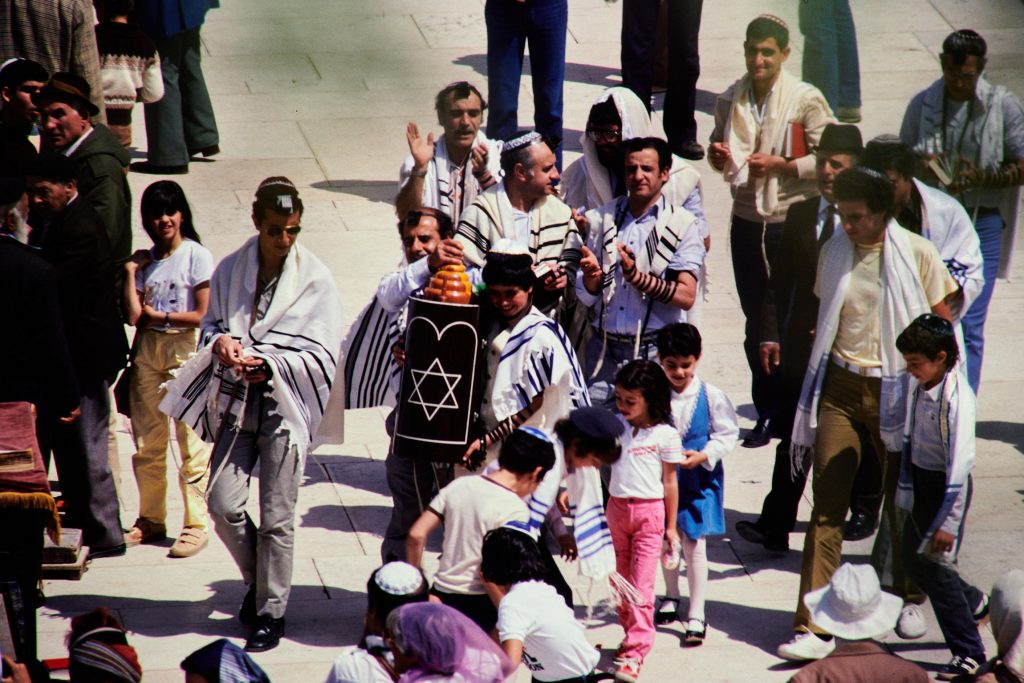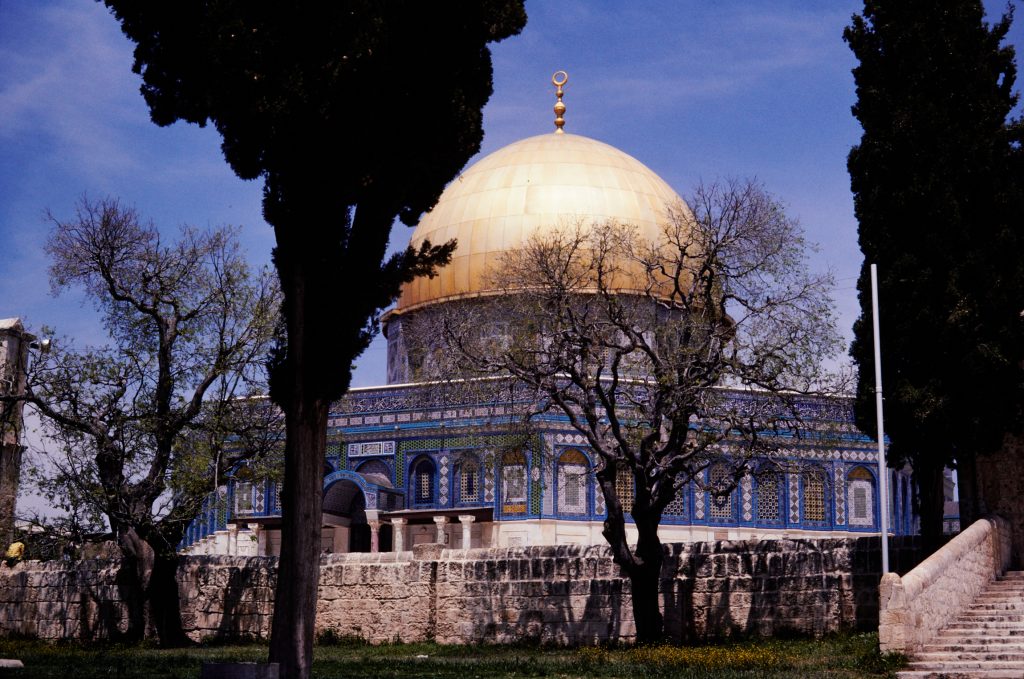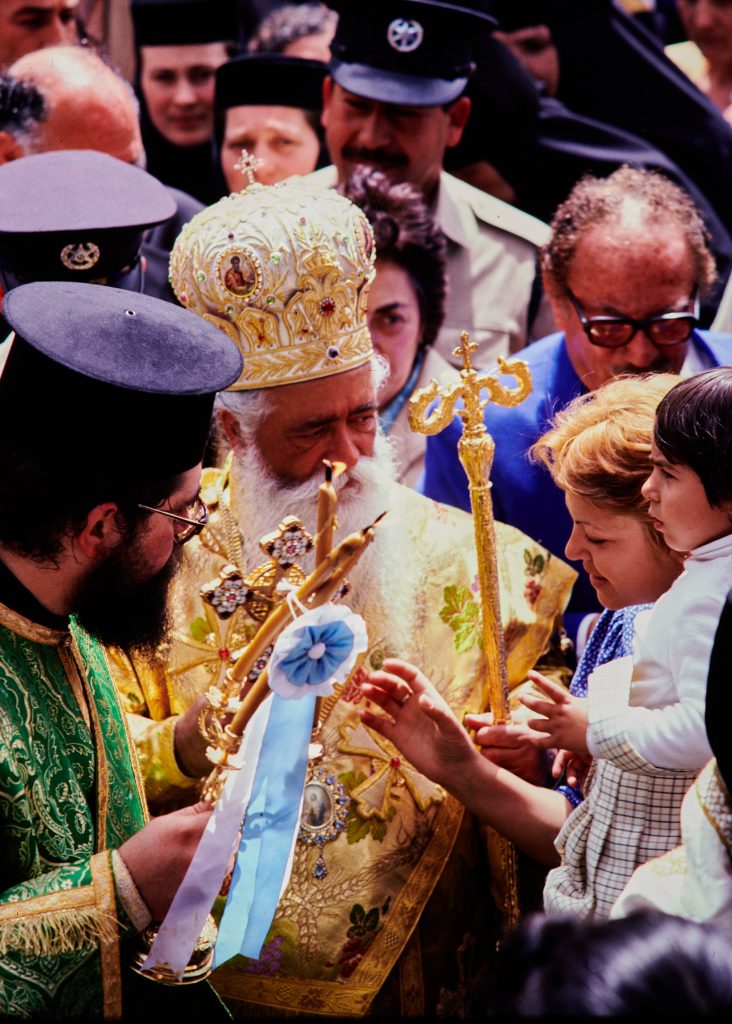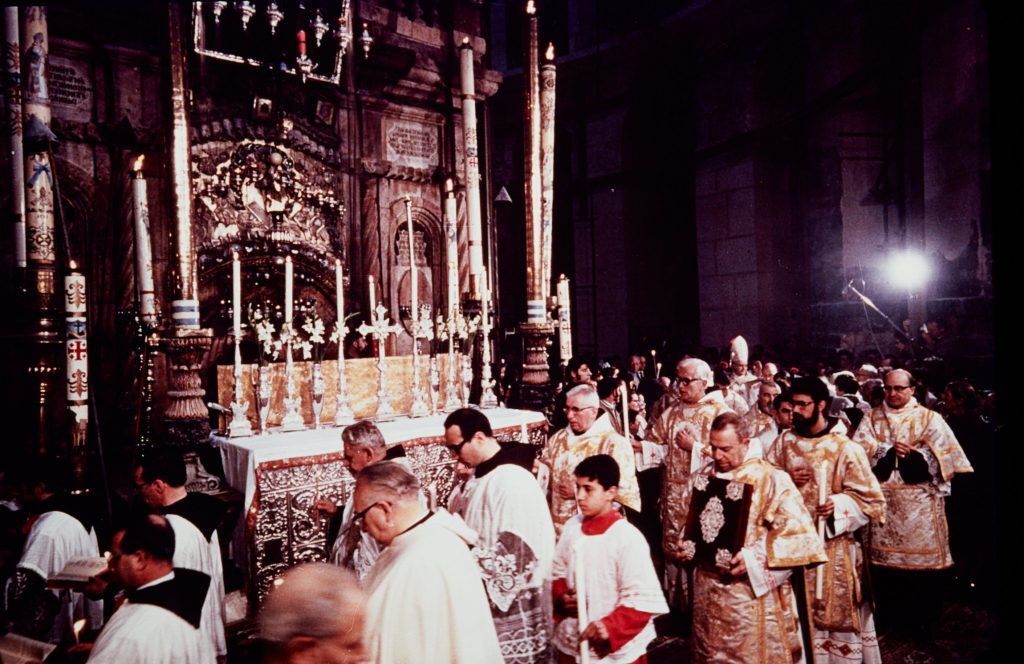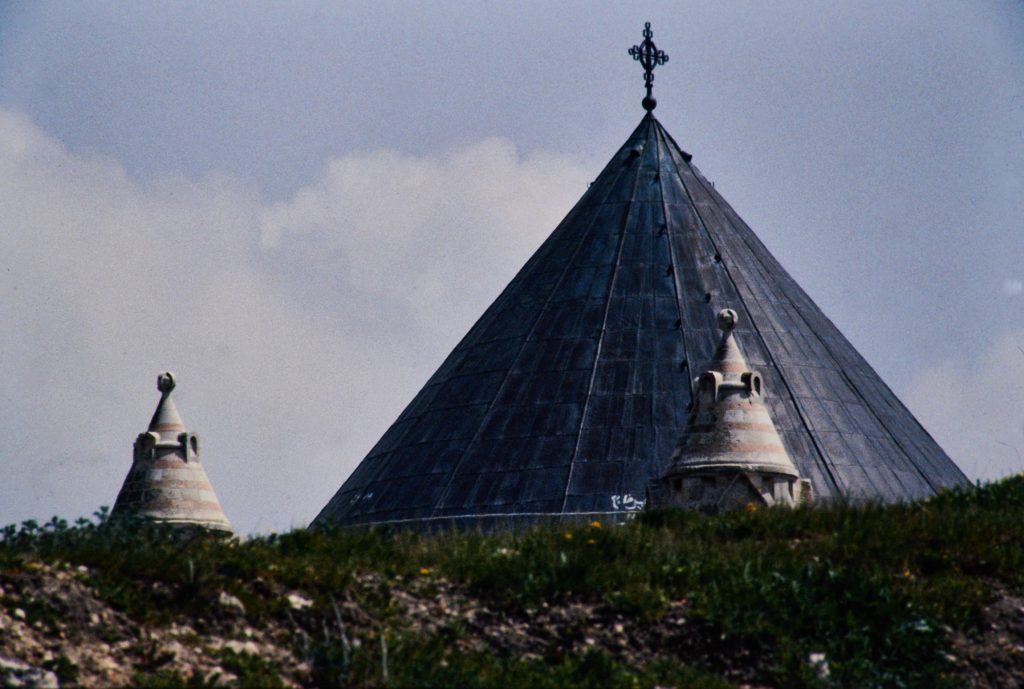Wandering the Old City of Jerusalem, one might feel a part of a marvellously colourful costume parade. As in no other city, the religious dress in attire particular to each’s tradition, often elaborate dress. In a seeming whirlwind of religious activity, the myriad of faithful adherents hurriedly make their ways through narrow streets, passing each other, brushing up against each other, hardly noticing how different they are to each other, not caring how prominent their roles in the grand display of Jerusalem, the Old City, Matron to civilizations, once believed to be the centre of the earth.
I was studying in Israel and had my camera with me. The photos represent random encounters over the months and not an essay on religion or religious belief. Religion and politics are invariably entwined in the Middle East just to complicate matters. I make no claim to study or insight into the politics either. However, as I review my photos, I believe I can offer a studied impression characterizing Judaism and Christianity, again, not as scholarly work but experientially, from observation, reading, and life experience. I had little contact with the Moslem community and so am silent on Islam in the Holy Land. It would be out of place for me to make any observations.
To see the entire gallery of images and text, please visit https://www.reggood.com/Personal-Work/Three-Religions-One-Place/
At the core of it, three religions, named the Abrahamic faiths for their common use of biblical sacred scripture, each claim the City of Jerusalem as most Holy. They each have sites important to them: for Moslems the Dome of the Rock from where Mohammad, on his nocturnal celestial ride, had left on a visit heaven; for the Hebrew people the same site as the Moslems’ is important where once stood their Holy Temple but all remaining to them now is a single wall of the temple mount, the Western Wall; and for Christians, Golgotha, once outside the city walls but now within them, where Jesus the Son of God was crucified and where from a tomb he rose from the dead in three days ascending to heaven.
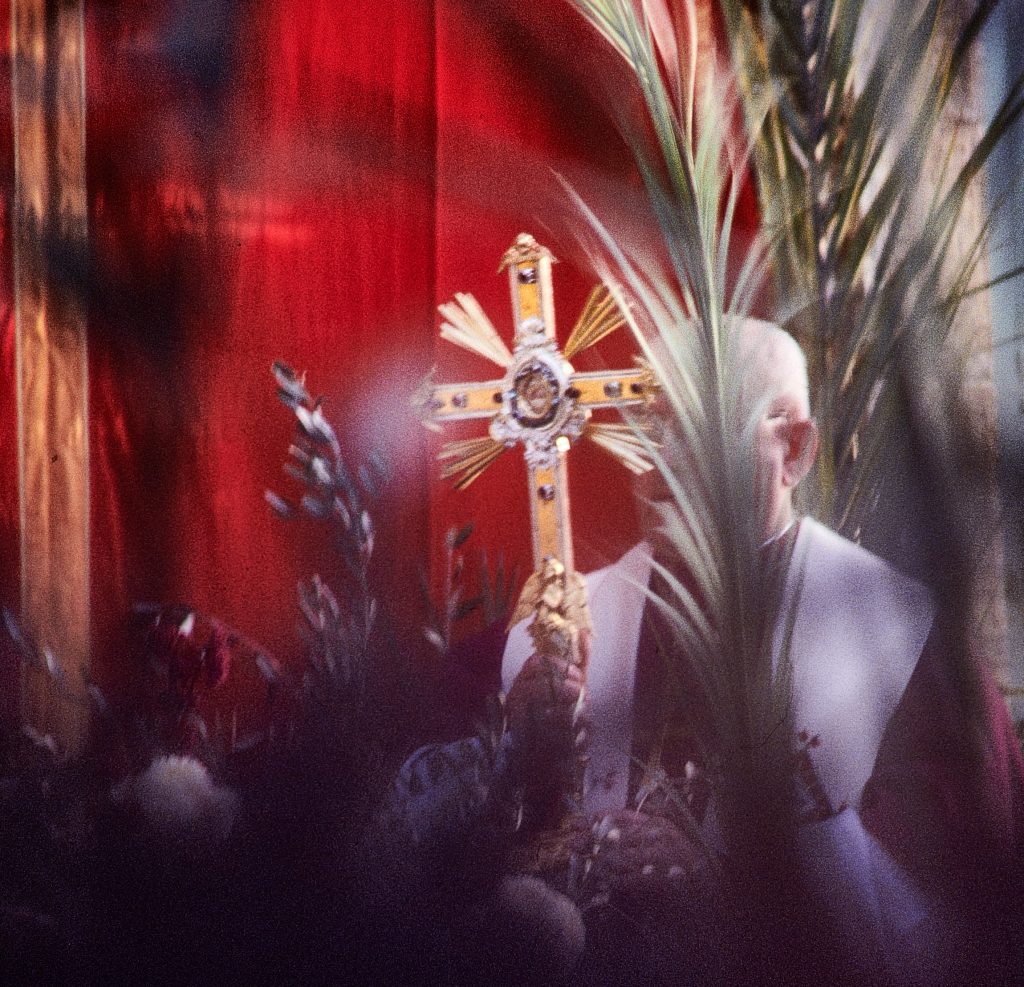
Simply enough, Christianity began as various Jewish sects trying to understand their experience of Jesus, soon to see Jesus as the long-awaited Messiah. The ideas of this faith spread into the non-Jewish gentile communities of Asia Minor. Some sects began to dominate over others and assert themselves and their particular beliefs. For a long time Christianity was a fringe, even troubling radical faith; adherents were persecuted by the governing Roman empire. Hope for the faithful was in the afterlife where the injustices of treatment in this world would be overturned by a victorious Kingdom of God or an afterlife where the Christians would achieve justice, welcome into Heaven for being faithful, and the others, the oppressors of this world, would be condemned to the everlasting torture of Hell.
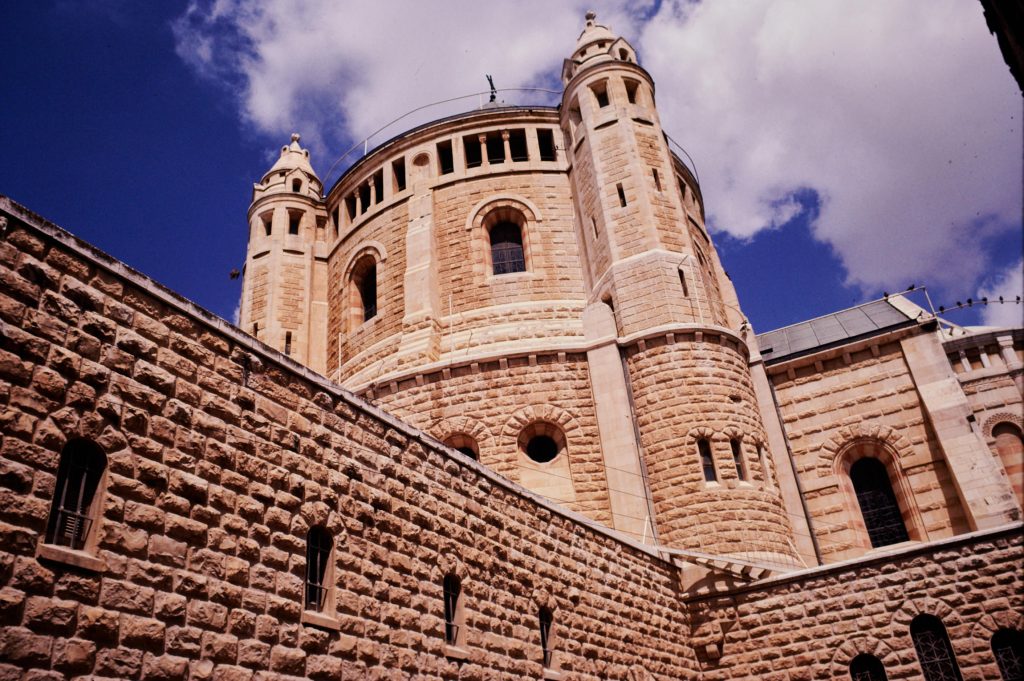
But the fortune of Christians changed when Christianity was invited into the pantheon of the religions of the Roman Empire, soon enough to become a dominant religion with the Emperor Constantine believing a decisive battle victory was achieved with divine intervention of the Christian god, and then promoted by Contantine’s mother who travelled throughout the Holy Land marking its holy sites. Christian priestly vestments imitate Roman imperial dress. The Christian buildings in their imposing magnificence and triumphalism represent the confidence and imposition of a powerful empire. Throughout the following centuries, the Christian church became its own empire in shared governance of and the inspiration for the most powerful of empires even into recent time, the British Colonial Empire and the American Empire.
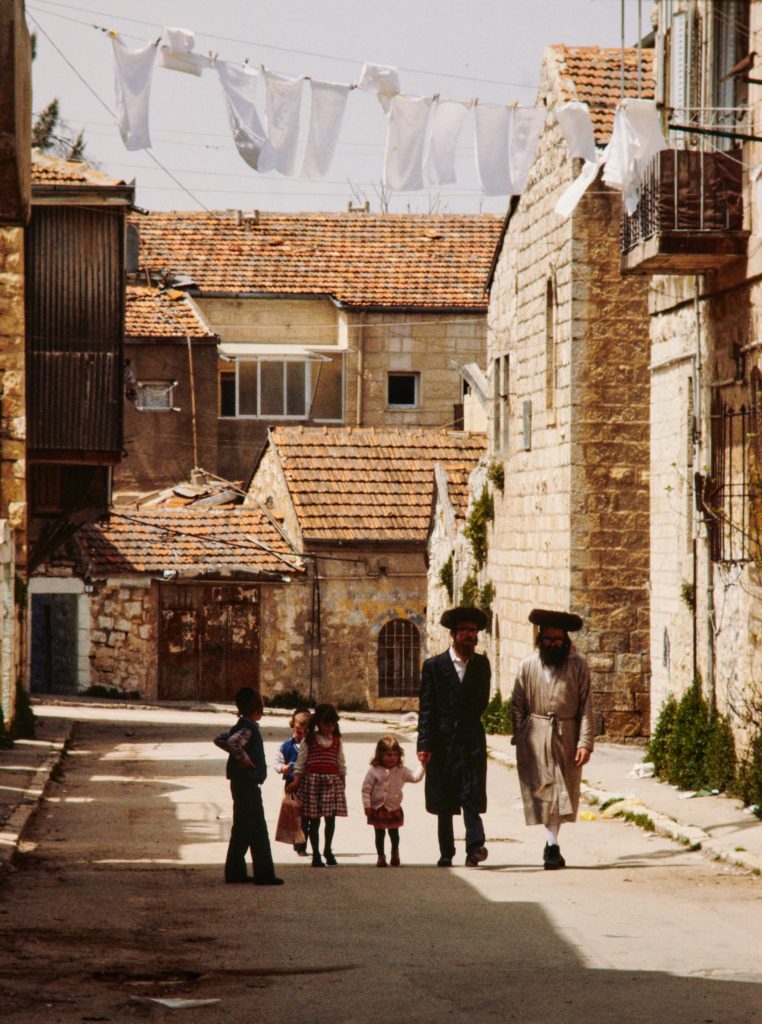
Judaism suffered a different fate. After various noble but failed revolts to oust the Roman empire from their land, the great Temple of the Jewish people was destroyed finally in an assertion of Roman dominance. The Jewish people believed God had chosen them over other peoples, and unlike the stone and wood gods of other people, the God of Israel was a living God bound up with the history of the Jewish people. And so when the temple was destroyed, the temple being the organizing principle around which the religious tradition evolved, the fundamental basis of faith was uprooted. The question asked was how could Israel be the chosen people of God, the Great Victor, and be exiled and crushed by far greater powers. in the stories they recounted ritually each year, it was God who chose them, led them from captivity out of Egypt and into the fertile and abundant Promised Land.
More than once over the millennia, the Jewish leaders and people had to wrestle with the question of how they could believe in the all-powerful God who promised to lead them to victory over all their enemies and yet over and over be forcibly exiled from their homeland and subjugated to nations far more powerful than themselves. How could God fail them. For a while, the answer was that possession of land was a moral one, and when the people turned away from God, they were punished by God. The explanation was wearing thin. By the first century of the common era, their temple recently rebuilt was razed again by crushing, brutal retaliation by Rome for one more failed revolt. To answer why God would abandon them is a question that has determined the course of much of Jewish thought and by the early centuries of the Common Era a temple Judaism transforms into a religion of piety, of family, study and devotion.
The suffering and persecution of the Jewish people continued throughout the centuries even to this very century. It is curious reflecting on the above thumbnail history how the Jews became the enemy and were so persecuted by Christians. Jesus was executed by the Roman state, but when the church was wooing the Roman state, seeking its approval and acceptance, the story of the Christ being tortured and crucified by Rome wouldn’t sit well in the currying of Roman favour. In fact, Pontius Pilate, the governor of Judea who heard Jesus’ case, was later accused and himself executed for cruelty and oppression, in particular, accused for condemning people to death without proper trial. However, holding Roman governor Pilate responsible for the summary execution of Jesus wouldn’t do for the Christians wooing of Rome, so broadly speaking, the Christian story shifted from blaming the Romans to blaming the Jews for Jesus’ execution. Now the literary focus is on the Jews demanding Jesus’ death and the Roman prefect, not understanding why they would want him dead, thinking Jesus innocent, yet as the story goes, carried out the Jewish leaders’ wishes, washing his hands as the story goes, absolving Rome of complicity. The new friend of the church: Constantinople-Rome. The new enemy, and over the centuries attacked with fervent ferocity: the Jews, even called by some Christians the Jesus Killers.
There is nothing simple about the meeting in one place of the three religions in Jerusalem. Nothing pure, true and right exists in the property of one religion, one faith, one tradition over any of the others. Funnily enough though, it’s what most of them believe of themselves.
